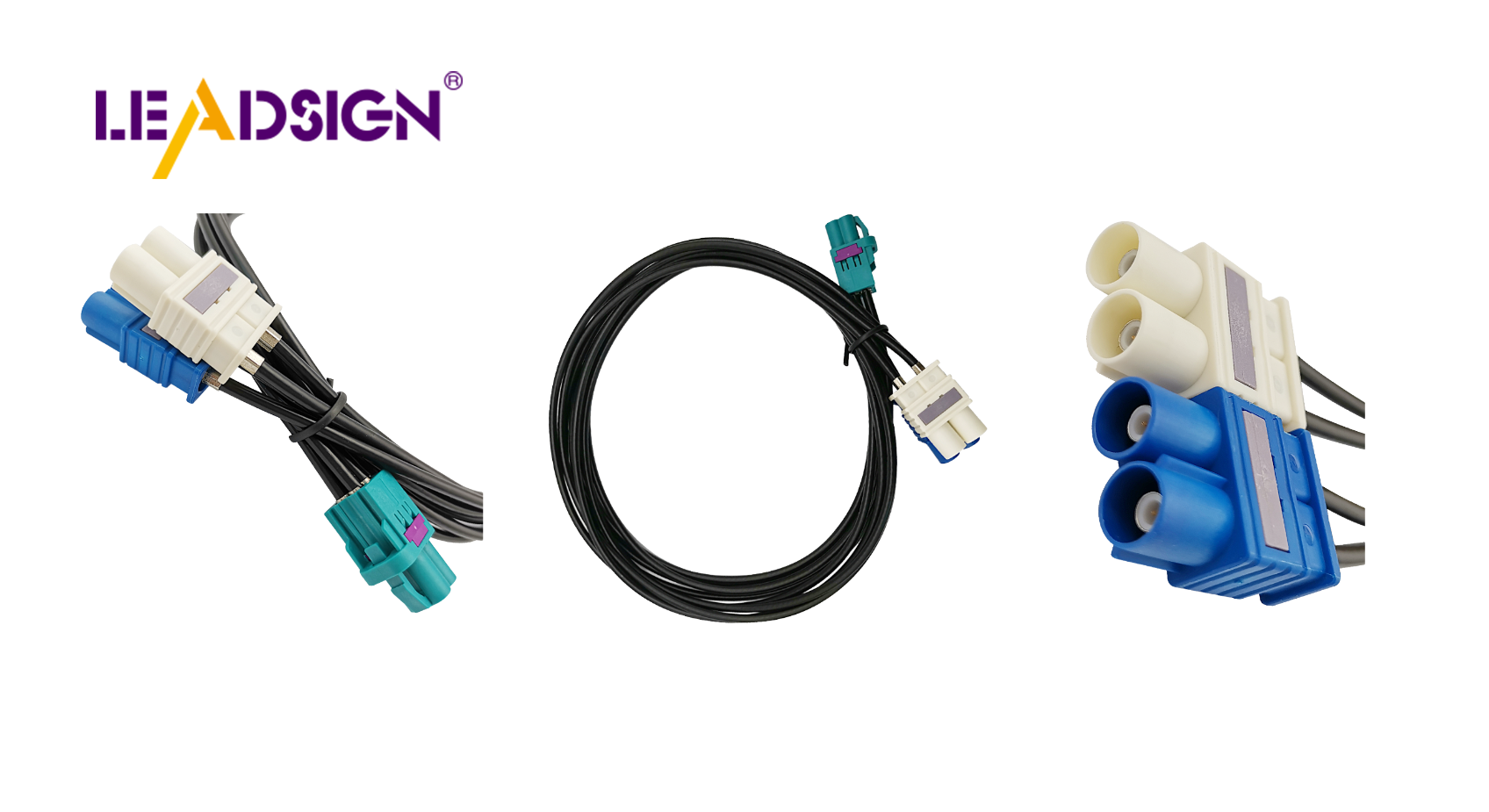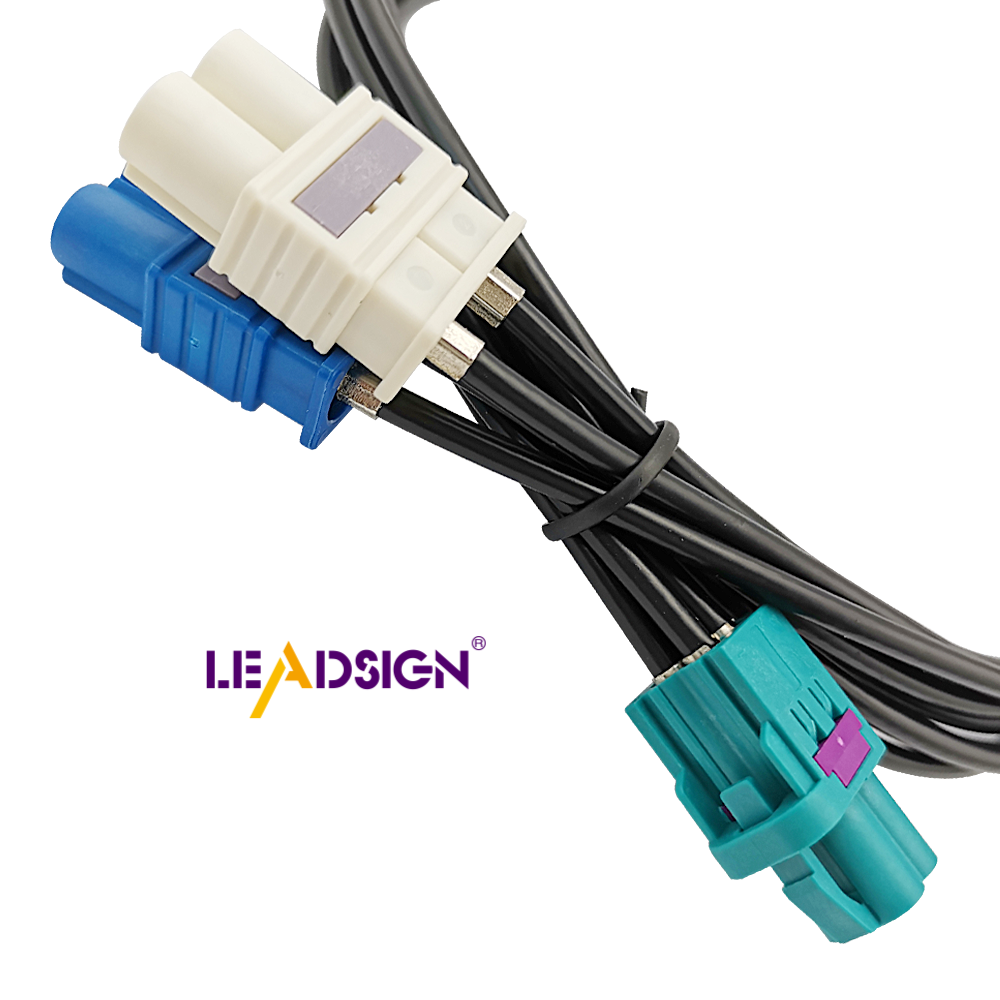Understanding 50 Ohm Coax Cable Types vs 75 Ohm: Key Differences

Understanding impedance is crucial when selecting cables. Impedance, measured in Ohms, indicates how effectively a cable transmits signals. There are two primary 50 ohm coax cable types: 50 Ohm and 75 Ohm. The 50 Ohm cables are commonly utilized in radio applications due to their ability to handle power efficiently while maintaining low signal loss. Conversely, 75 Ohm cables are designed to minimize signal loss, making them ideal for video and audio applications. Choosing the appropriate cable ensures optimal performance for your specific needs.
50 Ohm Coax Cables
50 Ohm Coax Cable Types
When looking at 50 ohm coax cable types, you have many choices. RG-8U (LMR-400) is common for general use. It is strong and good for long cables. Another type is the RG style cables. They bend easily and are tough. These cables work well when you need to shape them without losing quality. They cost less than stiff designs, making them a smart buy for many people.
Applications of 50 Ohm Coax Cables
You often find 50 ohm coax cables in communication tools. They are key in two-way radios, where power handling matters a lot. These cables link antennas with transmitters and receivers in RF transmission. Also, they help in wireless networks by sending signals far away reliably. Their strength with high RF power suits hard tasks like military and space talks.
Advantages of 50 Ohm Coax Cables
Picking 50 ohm coax cables has benefits. First, they manage more RF power, vital for long-distance signals. This keeps your systems working well and steady. Second, these cables do great with high-frequency jobs up to 4 GHz, fitting modern tech needs for big data flow. Lastly, their build cuts signal loss so you get clear signals even in tough spots.
75 Ohm Coax Cables
Types of 75 Ohm Coax Cables
When you look at 75 Ohm coax cables, there are many choices. The LMR®-600-75 DB is special because it resists sun and water. It is great for burying outside. This cable stays strong in tough weather. Another choice is the LMR®-240-75-FR. It does not burn easily and is safe inside buildings. This type focuses on safety indoors. Many people like 75 Ohm coax for outdoor use because it loses less signal than 50 Ohm coax, making it good for long distances.
Applications of 75 Ohm Coax Cables
You often use 75 Ohm coax cables for video and sound jobs. They send clear TV signals, so they are common in home setups. They also connect satellite dishes and cable modems, keeping signals steady and strong. In studios, these cables help with broadcasting and making videos where clear signals matter a lot. Their low signal loss makes them perfect when you need clear pictures and sounds.
Advantages of 75 Ohm Coax Cables
Picking 75 Ohm coax cables has perks. First, they lose less signal over long ways, keeping your video and sound sharp. Second, these cables are made to keep signals strong, fitting high-quality video needs well. Lastly, they work with many frequencies so you can use them in different places without losing quality. Choosing the right 75 Ohm coax cable helps your systems work their best.
Comparing 50 Ohm and 75 Ohm Coax Cables

Performance Differences
When you look at 50 Ohm and 75 Ohm coax cables, their differences are clear. The impedance of these cables is very important. 50 Ohm coax cable types can handle more RF power, which is great for communication systems. They are used where power handling matters more than signal loss. But, 75 Ohm cables are better at reducing signal loss, making them perfect for video and sound uses. This lower loss over long distances makes people like 75 Ohm cables.
For frequency, 50 Ohm cables work up to 4 GHz, good for high-frequency jobs. On the other hand, 75 Ohm cables usually go up to 2 GHz but keep signals strong over longer distances. This makes them a top pick for TV systems and video tasks.
Application Suitability
Picking between 50 Ohm and 75 Ohm coax cables depends on what you need them for. For things like two-way radios and RF transmission, use 50 Ohm cables. They handle high power without losing much signal, so they fit tough jobs well. These cables are also liked in wireless networks and military talks because they work hard.
On the flip side, choose 75 Ohm cables for video and audio needs. They connect TVs, satellite dishes, and modems at home easily. Their low signal loss means you get clear pictures and sounds. In studios where quality matters a lot, use 75 Ohm cables to keep signals top-notch.
In short, knowing how these two cable types differ helps you choose wisely. Whether you need the power of 50 Ohm or the low-loss of 75 Ohm, picking right ensures your system works best.
Knowing the main differences between 50 Ohm and 75 Ohm coax cables helps you choose better.
50 Ohm cables: Great for strong power uses like radio signals and wireless networks. They manage more power and work well in tough places.
75 Ohm cables: Perfect for video and sound tasks. They keep signal loss low, giving clear pictures and sounds far away.
When picking a cable, think about what you need it for. Understanding cable details makes sure your systems work well and stay reliable.
See Also
Why FAKRA Coaxial Cables Matter in Automotive Design
Exploring the Advantages of FAKRA Coaxial Connectors
Harnessing the Strength of FAKRA Coaxial Cables

